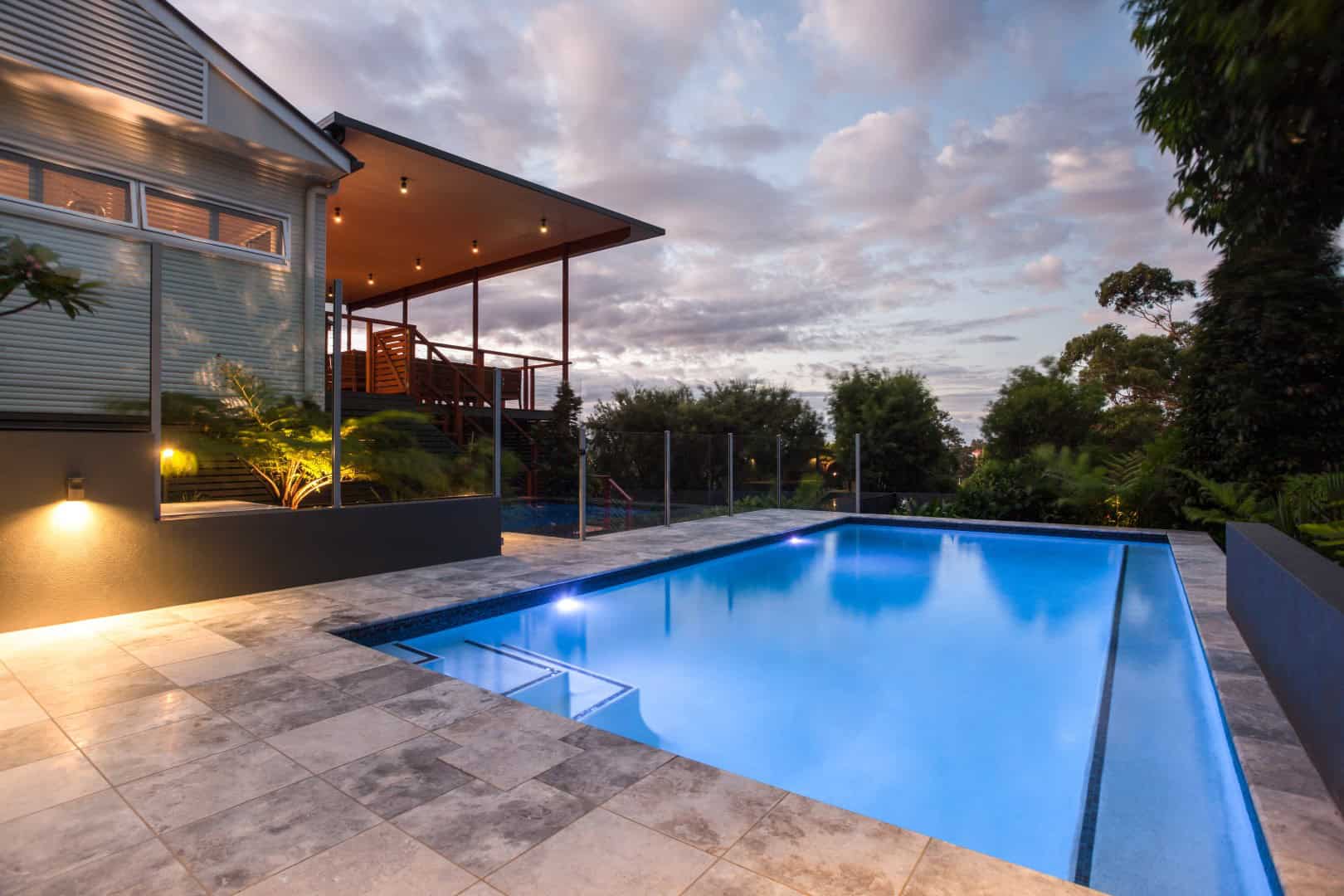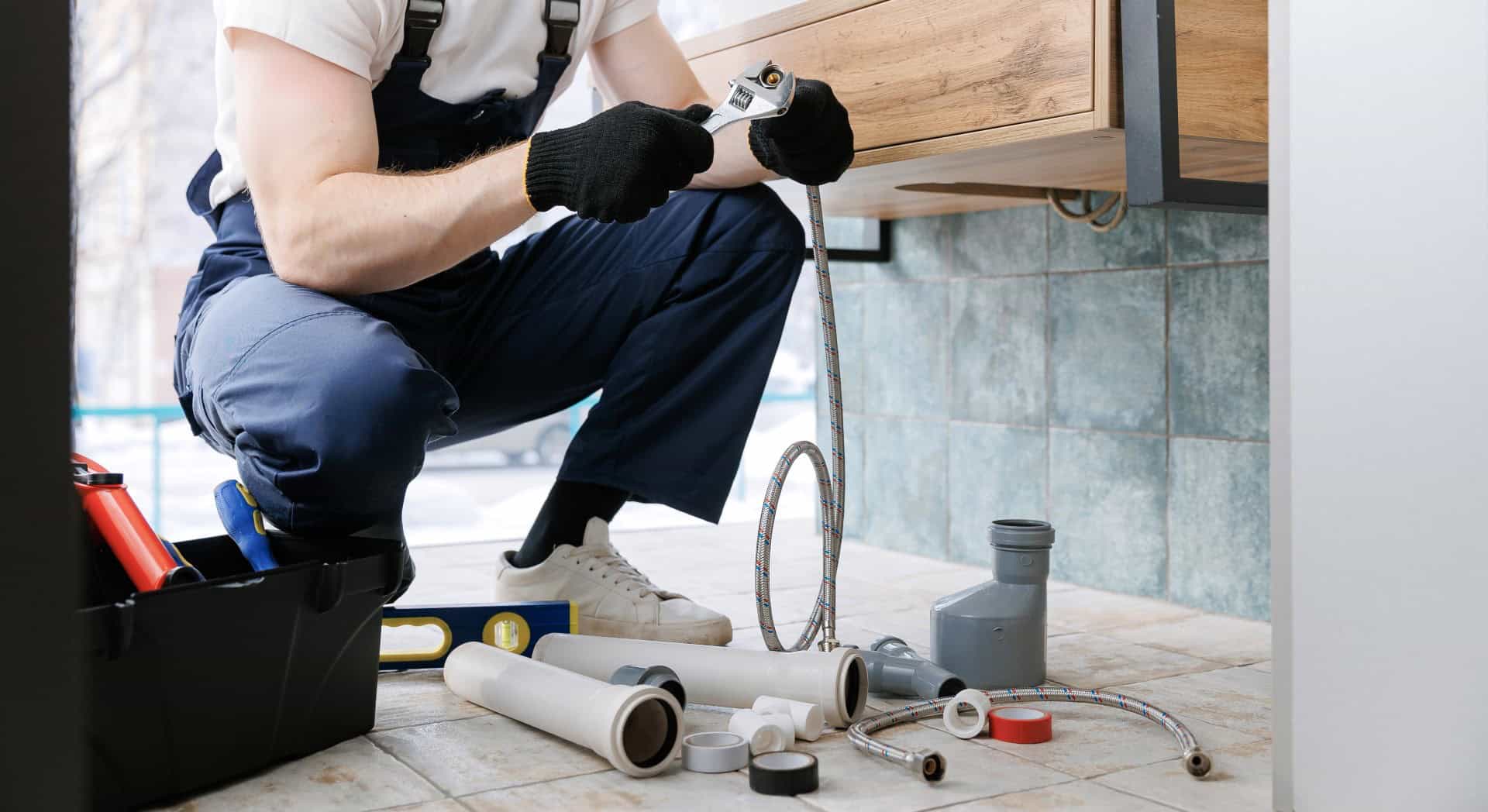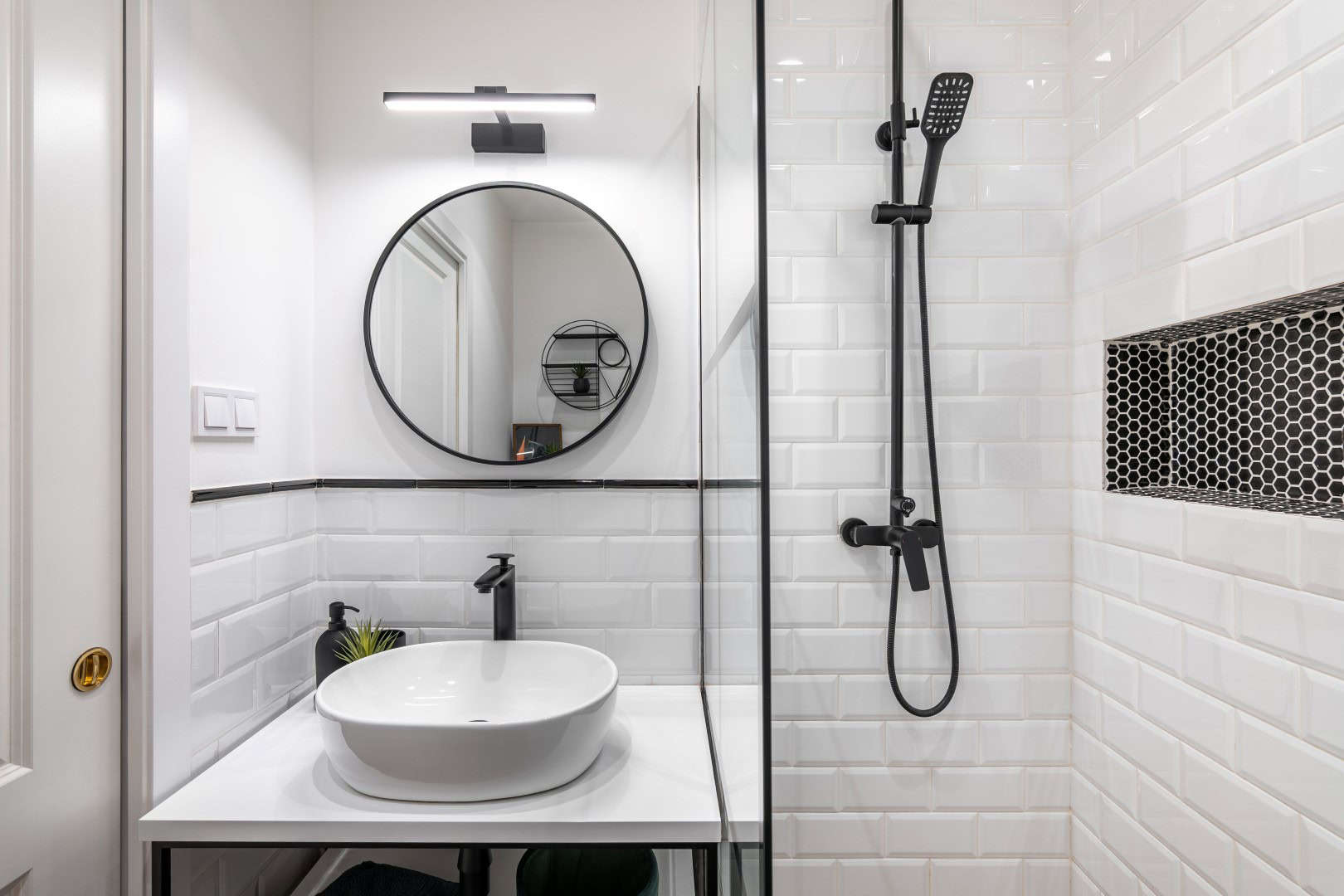Plumbing issues can be a significant headache during any home renovation project, and they become even more complicated when you’re in the midst of a tiling project. Whether you’re renovating your bathroom or kitchen, understanding and addressing common plumbing problems is essential to ensure the success of your tiling project and prevent any costly mishaps down the line.
1. Leaky Pipes and Faucets
One of the most common plumbing issues you might encounter during a tiling project is leaky pipes or faucets. These leaks can occur due to various reasons, including old or worn-out pipes, loose fittings, or incorrect installation. Before you begin tiling, it’s crucial to inspect all the pipes and faucets in the area to identify any leaks or potential weak points. If you notice any signs of leakage, such as water stains or dripping water, it’s essential to address the issue promptly to prevent water damage to your newly installed tiles.
2. Low Water Pressure
Low water pressure can be a frustrating problem that often arises during tiling projects. This issue can occur due to clogged pipes, faulty valves, or insufficient water flow from the main water supply. Before you start tiling, check the water pressure in the affected area to determine if there are any issues. If you notice a significant decrease in water pressure, it’s essential to identify the cause and address it before proceeding with your tiling project. This might involve cleaning out clogged pipes, replacing faulty valves, or contacting your water supplier to address any issues with the main water line.
3. Drainage Problems
Proper drainage is crucial in areas like bathrooms and kitchens to prevent water buildup and potential water damage to your tiles. During a tiling project, it’s essential to ensure that all drains are functioning correctly and free from any obstructions. If you notice water pooling around drains or slow drainage, it could indicate a clog or improper installation. Addressing drainage problems before laying tiles is essential to prevent water damage and ensure the longevity of your newly renovated space. You may need to clean out the drains, adjust the slope of the floor to improve drainage, or install new drain fixtures as needed.
4. Incorrectly Installed Fixtures
Incorrectly installed fixtures can cause a range of plumbing issues during a tiling project, from leaks and water damage to aesthetic inconsistencies. Before you begin tiling, double-check all fixtures, such as faucets, showerheads, and toilet connections, to ensure they are correctly installed and functioning properly. Pay attention to any signs of looseness or instability, as these could indicate poor installation or potential issues down the line. If you discover any problems with your fixtures, it’s crucial to address them promptly to prevent further damage and ensure the success of your tiling project.
5. Waterproofing Concerns
Waterproofing is a critical aspect of any tiling project, especially in areas prone to moisture like bathrooms and kitchens. During the tiling process, it’s essential to ensure that all waterproofing measures are in place to prevent water damage to your tiles and underlying structures. Common waterproofing issues include inadequate sealing around fixtures, gaps in waterproof membranes, and improper sloping of surfaces to direct water towards drains. Before you begin tiling, thoroughly inspect the waterproofing in the area to identify any weaknesses or vulnerabilities. Addressing waterproofing concerns before laying tiles is essential to protect your investment and prevent costly repairs due to water damage in the future.
6. Compatibility Issues with Tile Adhesives and Grouts
Choosing the right adhesives and grouts for your tiles is crucial to ensure a durable and long-lasting installation. However, compatibility issues can arise when using certain types of tiles with specific adhesives or grouts. For example, some natural stone tiles may require special adhesives to prevent staining or discoloration, while certain types of grout may not be suitable for high-moisture areas like showers. Before you begin tiling, research the compatibility of your chosen tiles, adhesives, and grouts to ensure they are suitable for your project requirements. Testing a small area before full installation can help identify any compatibility issues and prevent problems during the tiling process.
7. Structural Concerns
In some cases, plumbing issues during a tiling project may be symptomatic of underlying structural problems within your home. Issues such as sagging floors, deteriorating subfloors, or compromised wall studs can affect the stability and integrity of your plumbing fixtures and tiles. Before starting your tiling project, it’s essential to inspect the structural elements of the area to identify any signs of damage or instability. Addressing structural concerns before laying tiles is crucial to ensure the longevity and safety of your renovation project. Consulting with a structural engineer or experienced contractor can help you assess any structural issues and implement appropriate solutions to support your tiling project effectively.
Address Plumbing Issues Promptly During Your Tiling Project
Plumbing issues can pose significant challenges during a tiling project, but with careful planning and troubleshooting, you can overcome them effectively. By addressing common problems such as leaky pipes, low water pressure, drainage issues, and incorrectly installed fixtures before laying tiles, you can ensure the success and longevity of your renovation project. Remember to consult with a professional plumber if you encounter any complex or persistent plumbing issues to ensure they are addressed correctly. With the right approach, you can enjoy a beautifully tiled space without the headache of plumbing problems.





